Last Updated on December 27, 2024 by Michelle
When I learned how to make flour at home it transformed my whole kitchen! I own and use a grain mill on a daily basis, but you can easily make flour without one. Making flour is such a rewarding, nutritious and delicious way to eat more vitamins and minerals without any extra effort. Whether you’re interested in making alternative flours, gluten-free flours, or just “regular” wheat flour, you’ll love the convenience, health benefits, and taste of homemade flour.
Make flour at home with or without a grain mill!
I promise you won’t regret learning how to make your own flour. Read more about WHY I started making my own flour here.
How do I make my own flour?
Flour at its simplest form is just ground up wheat. So in order to make your own flour, all you’ll need is wheat berries (or alternative grains like buckwheat, rice or millet) and a way to grind the wheat into flour. This can easily be achieved with a grain mill, blender, food processer, or coffee grinder. Once you have wheat berries and a way to grind them, you’ll simply mill, blend or pulse them until it turns into flour the fineness you like, and voilà–you made flour. It’s really that simple!
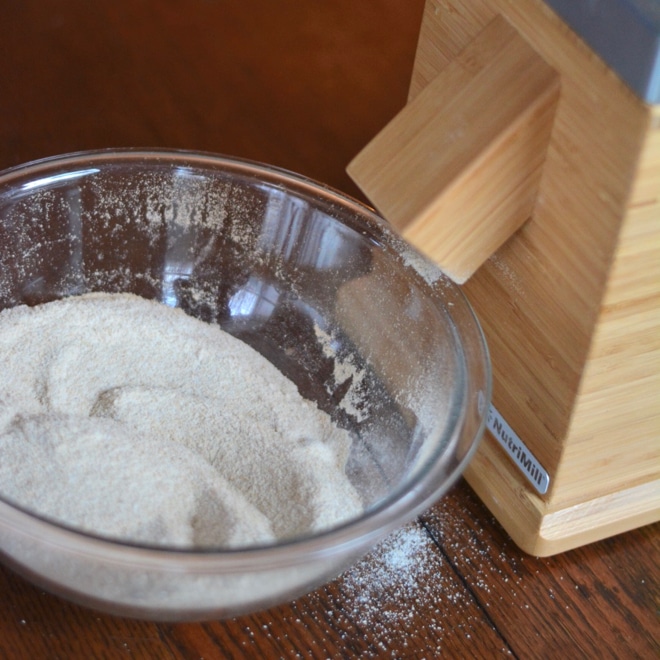
How to make all-purpose flour
What type of flour you make depends on what type of wheat berries you grind. There are lots of choices of wheat berries (in fact, this whole post is all about wheat berries and the different varieties–and what they’re used for!), but the two most basic kinds are hard white and soft white. The general idea is that soft white would be used in baked goods (pastries, muffins, cakes, brownies), and hard white would be used to make any type of bread product (pizza crust, dinner rolls, sandwich bread).
To make an all-purpose flour that will be good to use in most baking projects, use the following ratio:
- 1 part soft white wheat
- 1 part hard white wheat
Simply mix these wheat varieties together, blend or mill them into a flour, and just like that you made your own all-purpose flour!
How to make whole wheat all-purpose flour
To make a nutritious, whole wheat all-purpose flour with added nutrition from ancient grains, use this all-purpose flour recipe:
- 1 part soft white wheat
- 1 part hard white wheat
- 1 part ancient grain (such as spelt, einkorn, kamut, rye, emmer or others)
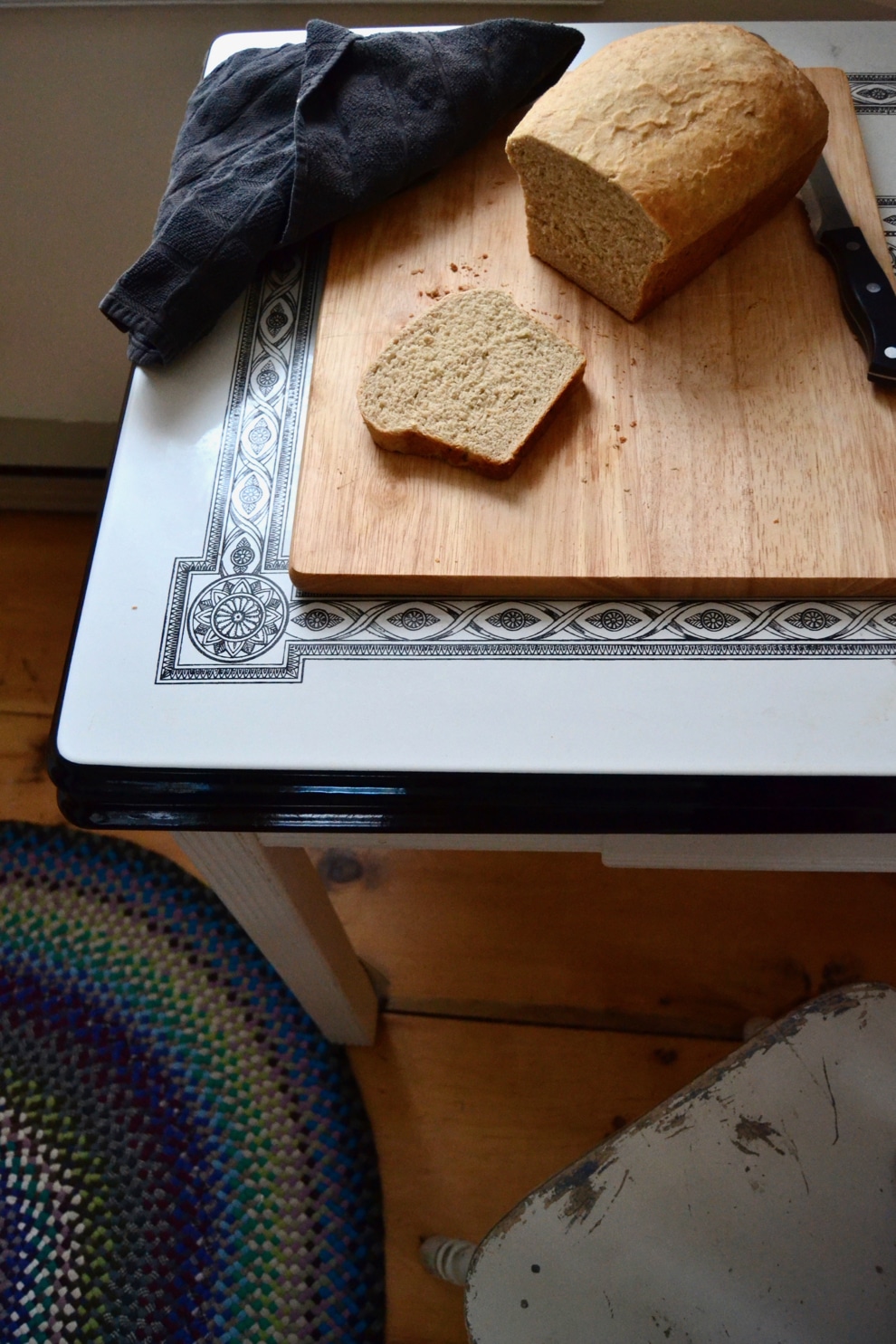
How to make your own bread flour
To make homemade bread flour, you’ll want to start by grinding hard white wheat or hard red wheat into flour. Generally, the finer you can get the flour the softer your bread will be. Follow this recipe for homemade bread flour;
- 1 cup freshly ground hard wheat
- 1 tablespoon Vital Wheat Gluten
You could just use hard white wheat milled into flour to make bread without adding vital wheat gluten, but if you’re looking for a substitute for store bought bread flour you’ll really want the extra “oomph” from the vital wheat gluten. I get mine from azure standard, but it’s available at many grocery stores as well.
Is it cheaper to make your own flour?
I personally find that it’s cheaper to mill my own flour than buy it at the store. If this is true for you or not will depend on what flour you’re used to buying. Let’s break this down.
Nowadays, I mill all of my own flour at home. But back when I bought flour at the store, I purchased King Arthur Organic flour which retails now for $10.95 for 5 pounds.
Nowadays if I’m baking a standard loaf of bread, I’m buying and using organic hard red wheat berries, which currently cost $7.03 for 5 pounds.
That means you would spend $2.19 a pound for organic store bought flour. When I purchase whole wheat berries, they’re $1.40 per pound. (Wheat berries translate to flour pound for pound, minus a tiny, almost untraceable amount of product loss during milling.)
That’s $0.79 a pound cheaper to mill your own flour.
Not to mention if you’re able to purchase wheat berries in bulk, your costs will go down dramatically. Right now I can purchase 50 pounds of the same wheat berries above for $0.91 a pound.
–> That means you can save $1.28 on every pound of flour you make myself versus purchase at the store. That’s crazy!
How long does homemade flour last?
Wheat berries in their natural state last for a very long time. But once wheat is milled into flour, it’s best to use it as soon as possible. This is because the oils inside the wheat berry are now oxidized and exposed to air and tend to go rancid quickly. If you’re planning to use your homemade flour within a week, you can leave it on your counter in an airtight bag or container with no problems. If you’d like to keep it longer than that, consider storing it in your fridge or freezer to preserve the nutrients in the flour and keep it from going rancid and tasting bad.
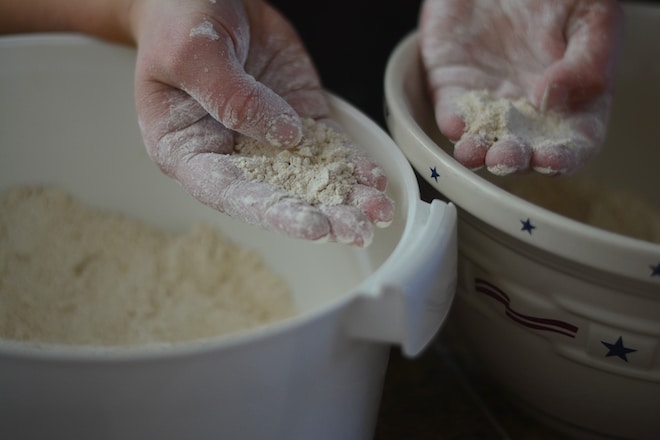
How to make flour without a grain mill
If you don’t have a grain mill to make flour at home, other possible options for turning wheat berries into flour include a blender, food processor or coffee grinder.
All of these can work, but it will take some time to get the flour fine and soft. Make sure to give your appliance some breaks if it seems to be getting warm or worn out. You also may want to sift the flour after grinding it in a blender if there are bits of wheat still left in your flour. In my experience, flour will almost never get as fine made in a blender as it will if you use a grain mill, but using other appliances you have on hand can still be an option for making small amounts of flour every once in a while.
Need a Grain Mill?
There are many options for grain mills.
These are the 4 I recommend:
- This Nutrimill Impact Mill is the perfect mill for beginners. It’s the lowest price point of all mills on the market yet it makes nice bread flour. It doesn’t have any “bells & whistles,” so it’s easy for a novice to get comfortable with quickly. (Use code SOULYRESTED to save $$)
- The Classic Nutrimill can grind a lot more flour in one sitting and is a workhorse, making a lot of flour at once. (Use code SOULYRESTED to save $$)
-
The Harvest Mill uses old-fashioned technology, in a modern, beautiful package that can sit on your kitchen counter, 24/7. (Use code SOULYRESTED to save $$)
- The Mockmill is, in my opinion, the top of the line. It’s engineering is beyond reproach and it sits on my kitchen counter, providing fresh flour on demand whenever I want it. I use it to grind all my alternative grains and it switches from one kind to the next instantly and effortlessly, with a simple turn of the bowl.
More about how to make flour at home:
- Wheat berries: everything you need to know
- The ultimate guide to choosing a grain mill
- Tips for using fresh milled flour with Lisa Bass
- Sourdough bread made with fresh flour

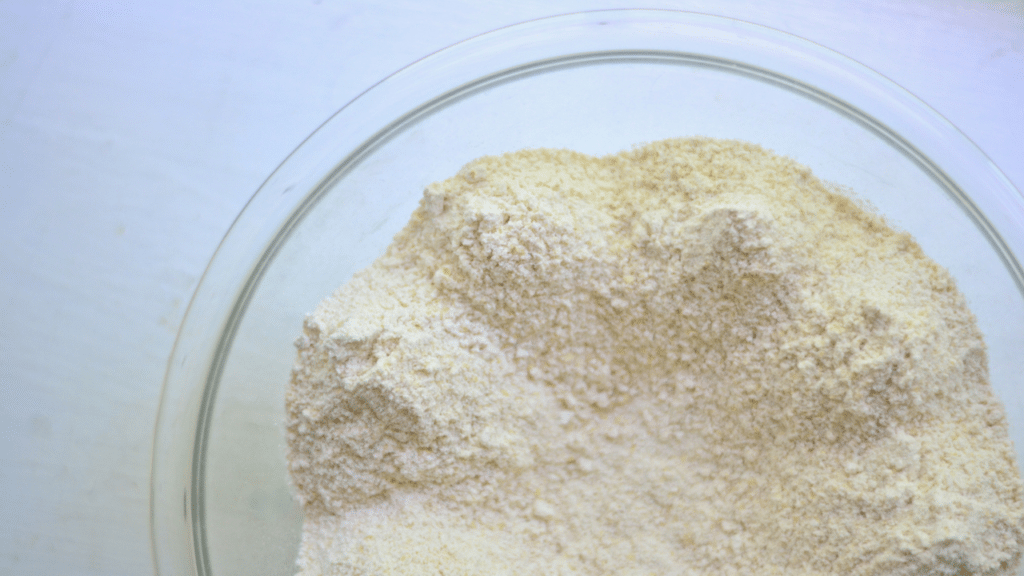


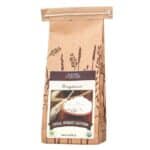
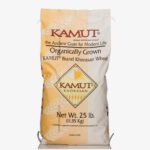
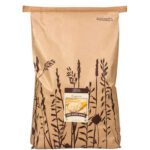
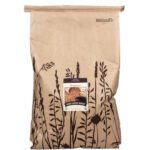
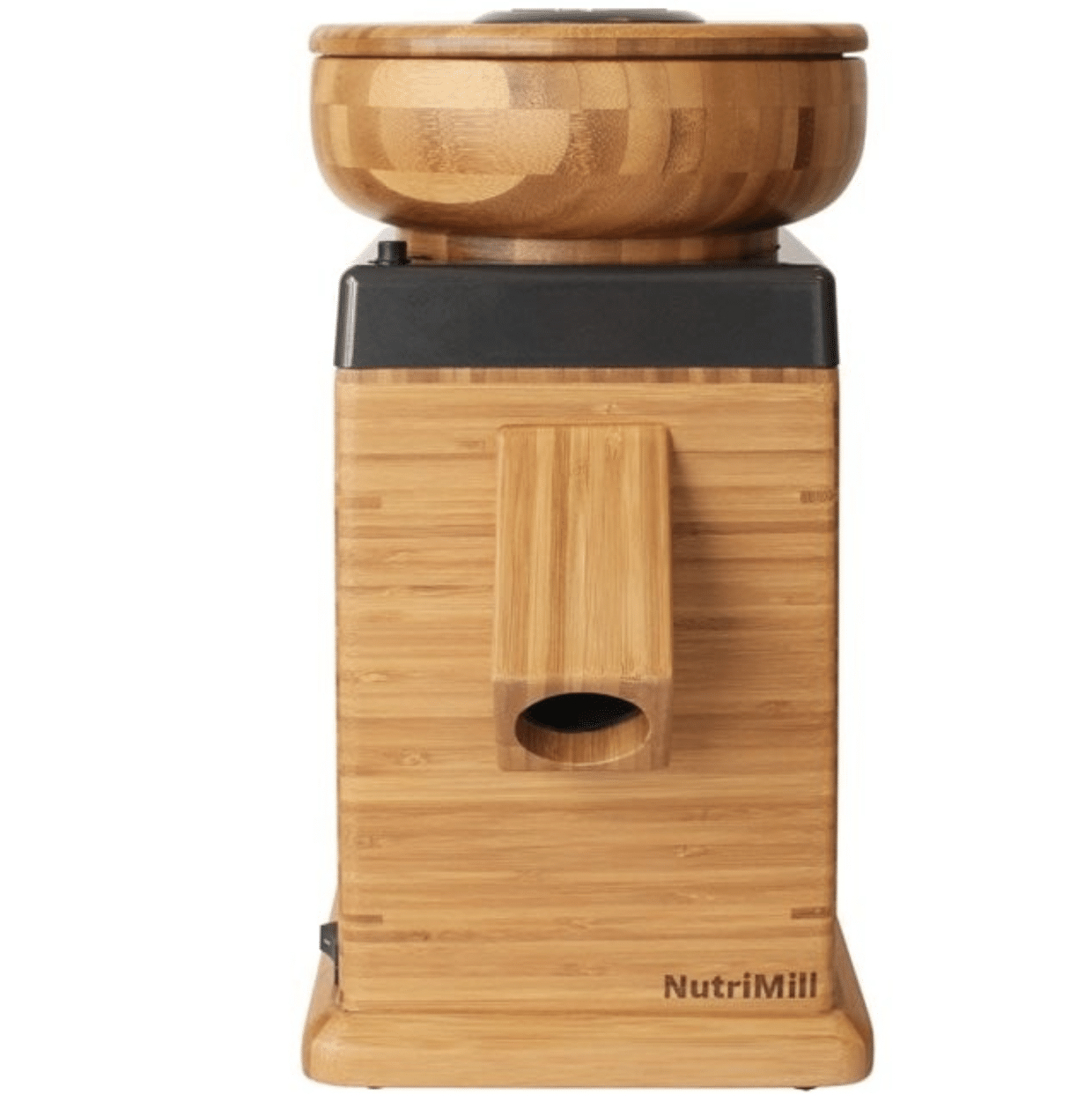

How to make pie crust & homemade biscuits from soft white wheat berries milled in a grain mill either one.
I would like a video if possible.
Thank You So Much!
Susan